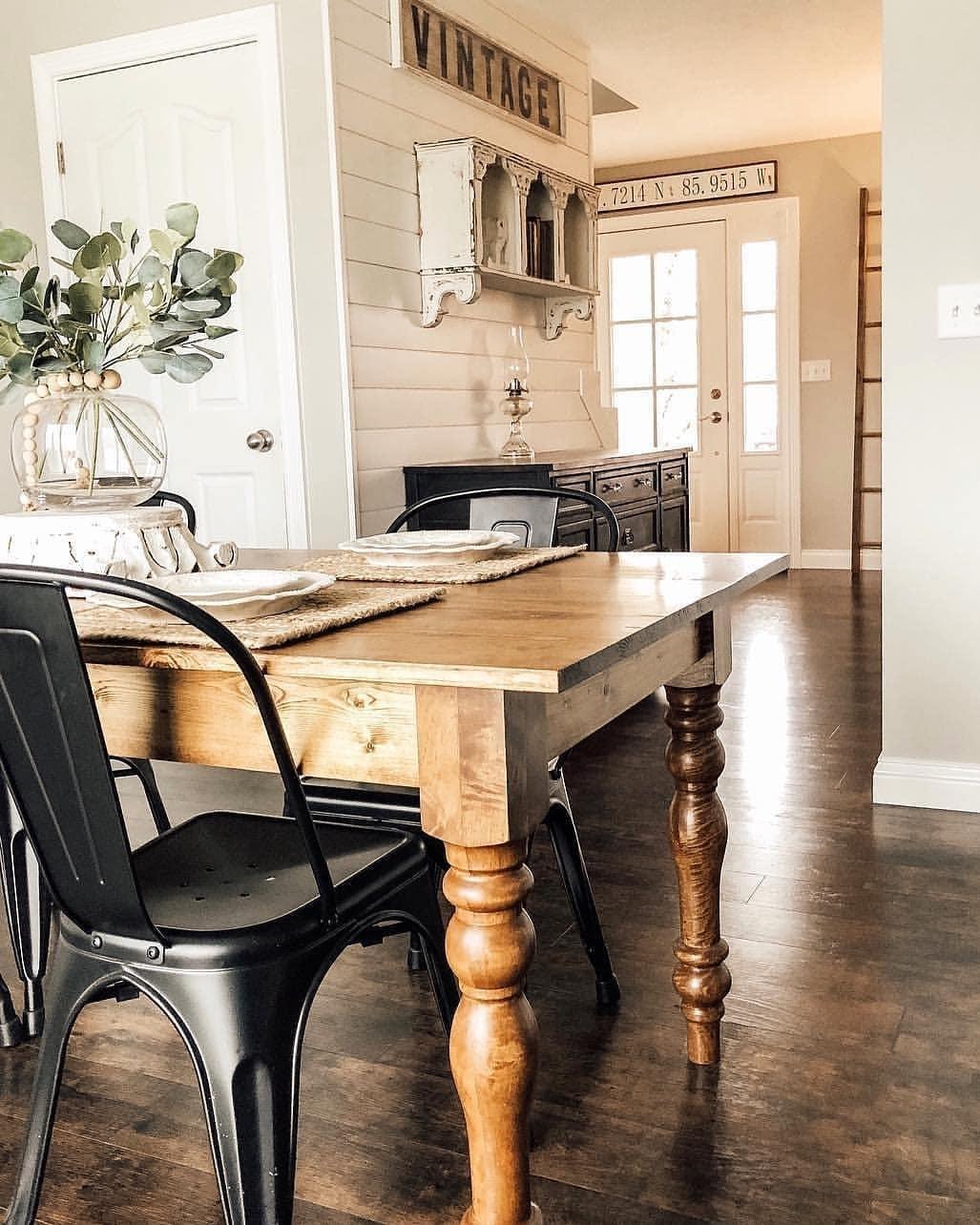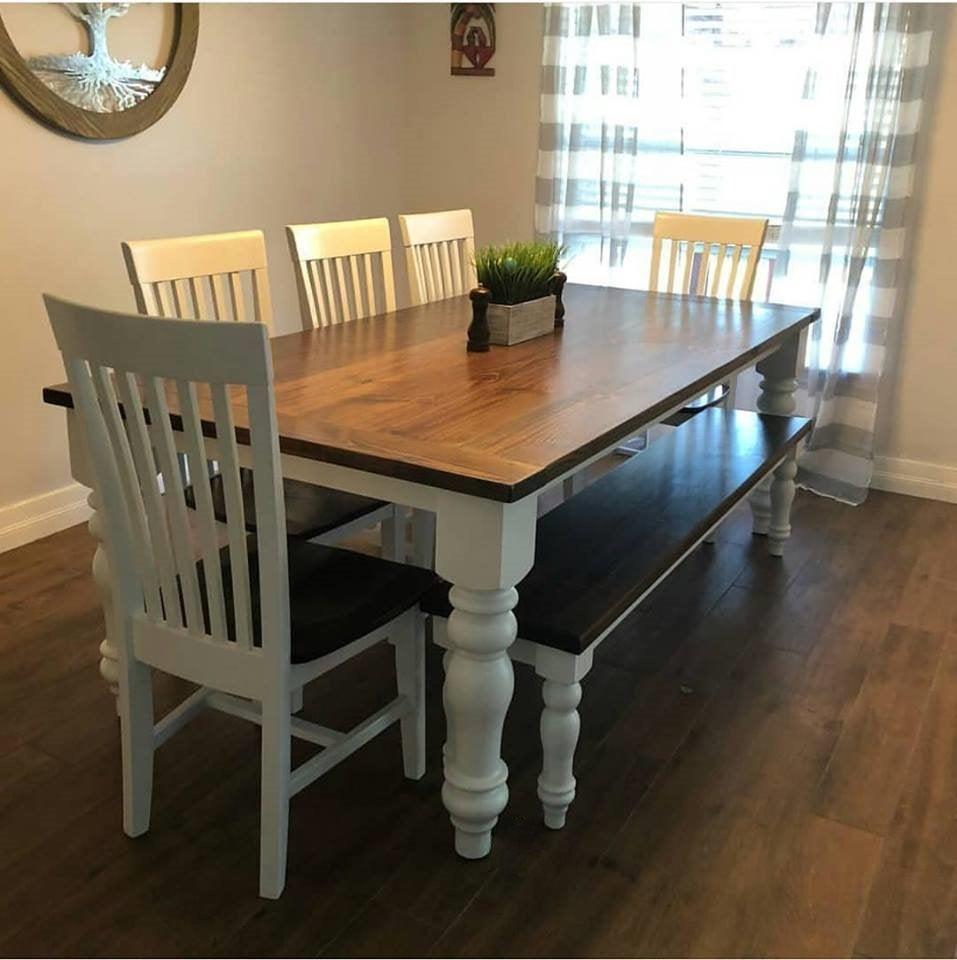Special Dining Room Table Legs to Change Your Dining Area
Special Dining Room Table Legs to Change Your Dining Area
Blog Article
A Comprehensive Consider Table Leg Styles: Finding the Perfect Suit
Picking the appropriate dining table leg style is essential for both aesthetic appeal and sensible capability. Conventional four legs use ageless sophistication and security, while the pedestal base gives enhanced legroom and a modern look. For those with larger tables, trestle legs ensure sturdy assistance, whereas hairpin legs introduce a mid-century modern vibe with their minimal style. The x-shaped legs mix contemporary design with enhanced security. Each of these choices brings one-of-a-kind benefits, making the selection greater than just a matter of choice. Discover even more to find which design perfectly matches your eating room and way of life.
Traditional Four Legs
Among the various kinds of eating table leg styles, the conventional four-leg style continues to be a timeless selection for several homes. Four legs provide well balanced support, making certain the table continues to be steady and qualified of birthing considerable weight (dining room table legs).
From a visual perspective, the standard four-leg design can be easily adjusted to numerous interior styles. Whether crafted from timber, steel, or a mix of materials, these legs can be intricately sculpted, smooth and minimalistic, or anything in between. Their versatility allows them to match both rustic and contemporary settings seamlessly.
Moreover, the straightforward structure of the four-leg style promotes simplicity of movement and placement within a room. Unlike more complex bases, this design minimizes obstructions, offering enough legroom for restaurants. In recap, the standard four-leg eating table leg style marries withstanding elegance with sensible performance, making it a sharp option for those looking for both kind and feature in their eating furniture.
Stand Base
Often celebrated for its sophisticated and space-efficient design, the stand base is a notable alternative to the traditional four-leg arrangement in eating table leg designs. Without corner legs, restaurants are managed greater freedom of activity, making it an optimal option for round and oblong tables that promote even more intimate and inclusive events.
In addition, the stand base's central assistance can handle significant weight, enabling for making use of larger table tops, such as marble or thick wood. This toughness coupled with its visual versatility makes the stand base a prominent choice in both standard and modern indoor settings. It can flawlessly integrate with various style themes, from traditional elegance to minimalist modernity. Furthermore, the main column itself provides a canvas for intricate designs and artistic expressions, including an aspect of visual passion underneath the table. In recap, the stand base integrates performance snappy, making it an improved and sensible alternative for varied dining atmospheres.
Trestle Legs
Trestle legs give a durable and classic structure for dining tables, identified by their horizontal cross-bracing and durable support beam of lights. Originating from medieval times, this layout has actually advanced yet retained its essential framework, making it a perennial fave in both conventional and contemporary settings. official site The main trestle beam of light, often supported by two or even more vertical messages, uses remarkable security, permitting for bigger table lengths without the demand for extra legs.
A substantial advantage of trestle leg tables is the adequate legroom they provide. Unlike tables with 4 corner legs, the lack of obstructions at the table's sides offers unblocked area for chairs and restaurants, boosting comfort and ease of access. This makes trestle tables excellent for accommodating bigger events, whether in an eating space or a reception hall.
The visual convenience of trestle legs is significant. Readily available in a range of materials such as timber, steel, and composite, they can be finished to match a vast range of interior styles. From rustic farmhouse to sleek modern-day layouts, trestle legs can be personalized to fit specific preferences. Their enduring appeal and practical advantages make trestle legs an engaging selection for those seeking both style and usefulness in their table.
Barrette Legs

The charm of hairpin legs hinges on their simpleness and versatility - dining room table legs. Readily available in a series of products, including steel and brass, they can be finished in numerous shades to enhance various interior designs. Whether coupled with a rustic wooden tabletop or a contemporary glass surface area, barrette legs effortlessly blend capability with a touch of vintage appeal
Durability is one more significant function of hairpin legs. In spite of their delicate appearance, these legs are engineered to bear considerable weight, making sure the dining table remains steady and protected. Additionally, they are reasonably easy to mount, making them a preferred option for do it yourself lovers and specialist furniture manufacturers alike.
X-Shaped Legs

Created from materials such as steel, wood, or a combination of both, X-shaped legs can be tailored to match different layout preferences. Steel legs often offer a smooth and commercial feeling, perfect for loft-style apartments and modern-day dining rooms. On the various other hand, wood X-shaped legs supply a warmer, much more rustic appeal, suitable for farmhouse or eclectic interiors. The flexibility in materials enables home owners to customize their table to better fit their total layout system.
In addition, the this link design behind X-shaped legs ensures even weight circulation, lessening the threat of tottering and boosting longevity. This makes them particularly fit for bigger eating tables that require added assistance. In essence, X-shaped legs mix sensible engineering with contemporary aesthetic appeals, making them a timeless option for diverse dining settings.
Conclusion
A comprehensive understanding of table leg styles exposes the unique attributes and benefits of each layout. Conventional 4 legs offer stability and ageless allure, while stand bases supply legroom and a structured appearance. Trestle legs make sure robust support for larger tables, and hairpin legs introduce a mid-century contemporary visual. X-shaped legs incorporate contemporary style with improved security. Choosing the suitable leg design guarantees both functional and aesthetic complete satisfaction in any dining room.
Report this page